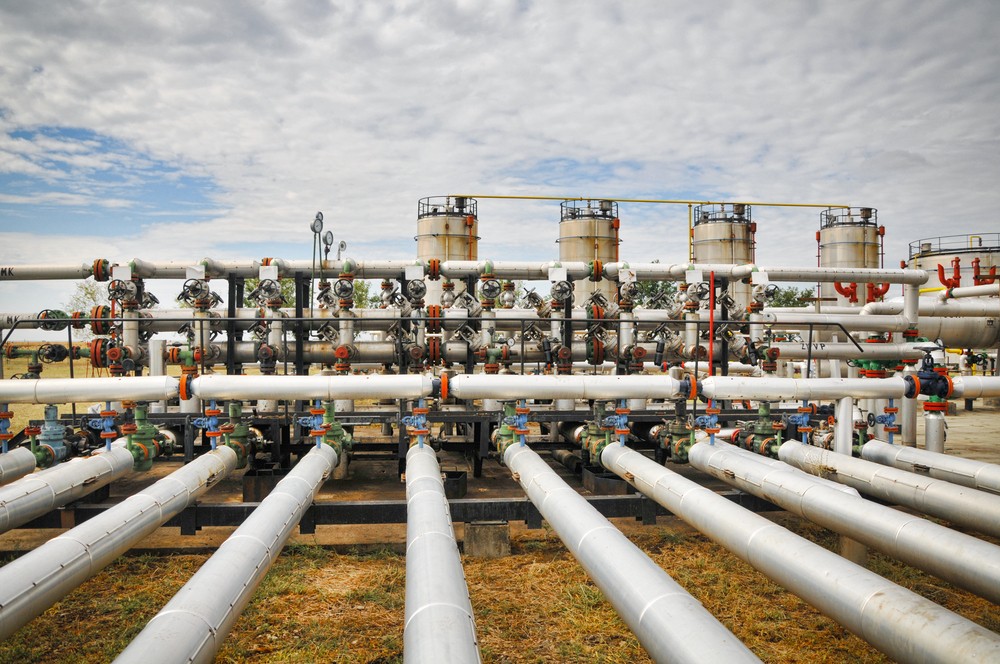The G-7 May Impose a Price Cap on Russian Oil
The Group of Seven is negotiating a cap on Russian oil prices between $65 and $70 per barrel, but analysts claim that even if it is approved, it won’t impact Moscow’s oil revenues much.
Prices at those levels are comparable to what Asian markets currently pay Russia, albeit at a significant discount.
Those discounts are certainly in line with what the market already offers.
Russia has threatened not to supply oil to countries that set and support the price cap.
Oil prices fell overnight after the EU discussed a price cap on Russian oil of $US65/bbl, a higher price range than markets anticipated and at levels that will reduce the risk of disruptions due to EU sanctions on Russian oil shipments.
Similarly, there was skepticism about the EU’s natural gas price cap. Some EU member states argued that maintaining gas prices at such high levels for so long is unrealistic. In contrast, others disagreed with the effectiveness of capping prices at 275 euros per megawatt hour.
When consumers are already struggling to keep up with rising living expenses, the bloc is trying to prevent gas prices from skyrocketing.
Dhar predicts that if EU members agree to the proposed cap, the price of oil will fall below $95 per barrel in the fourth quarter of 2022.
On Friday afternoon, Asia time, oil prices were slightly higher. Brent crude futures rose 0.35% to $85.64 per barrel, while West Texas Intermediate futures rose 0.55% to $78.37 per barrel.
Our price forecast assumes that EU sanctions combined with a Russian oil price cap will cause enough supply disruption to offset ongoing global growth concerns.

EU Fails to Thrash out Details on Gas Price Cap
European energy ministers were unable to reach an agreement on a natural gas price cap after “heated,” “ugly,” and “tough” discussions.
After months of deliberation on addressing the current energy crisis, the EU’s 27 leaders agreed in late October to support a natural gas price cap.
The European Commission, the EU’s executive arm, and the bloc’s energy ministers had to resolve the measure’s more specific and practical differences.
However, the divisions in Brussels are so severe that energy ministers could not reach an agreement and instead convened a new emergency meeting in mid-December.
The European Commission proposed a cap of 275 euros per megawatt hour to gain consensus. Countries eager to implement the cap, notably Poland, Spain, and Greece, argue that the proposal is unrealistic because it is so high that it will almost certainly be triggered.
Energy ministers should meet again on December 13, just before the year’s final EU summit in Brussels. Until then, the commission’s proposal will almost certainly change to gain consensus.
The European Title Transfer Facility (TTF) benchmark closed at around 129 euros per megawatt hour. They had reached a historic high of nearly 350 euros per megawatt hour in August.
A drop in Germany’s gas reserves to less than 40% capacity by February 1 would necessitate action, such as rationing, to ensure supplies for the rest of the winter season.
By exceeding a target of 95% set for November 1 and filling its gas inventories to 99%, Germany has been able to mitigate the effects of a suspension in Russian gas exports due to the Ukraine conflict. According to the 2018–2021 average, gas consumption in German households and industry was lower than usual last week. Still, it increased by nearly 28% from the week before due to the colder weather.









COMMENTS